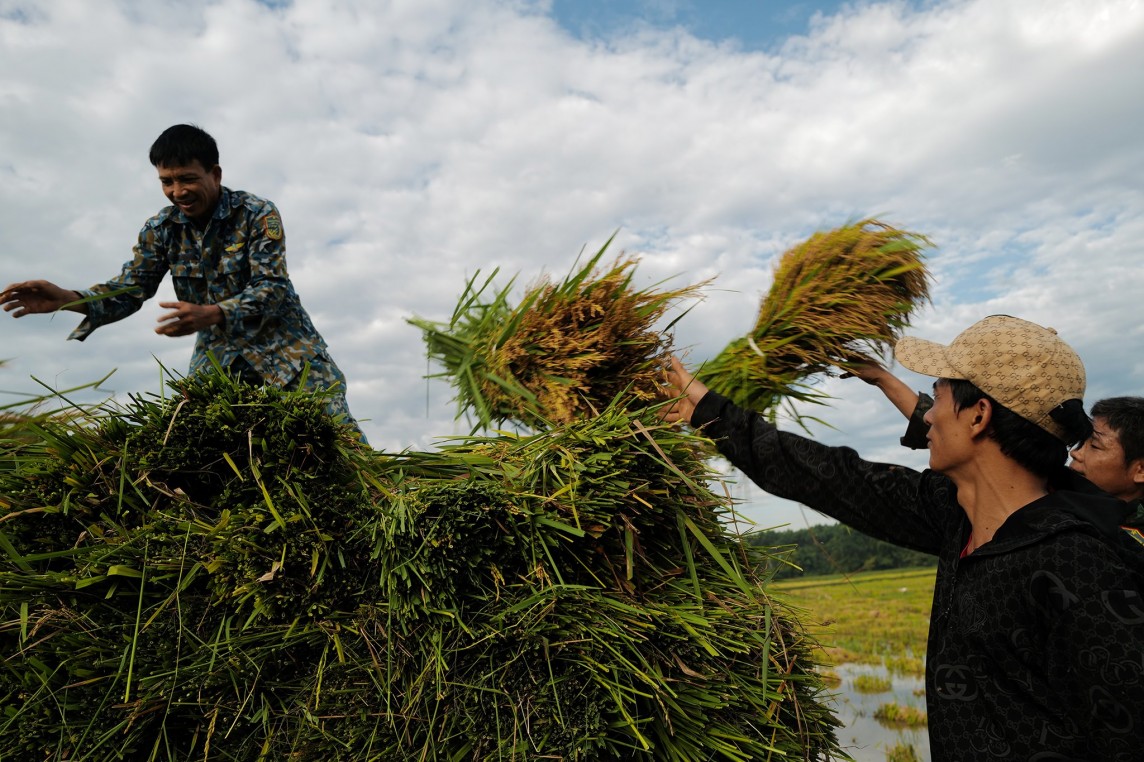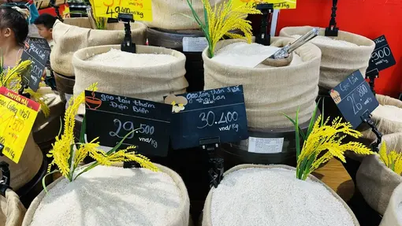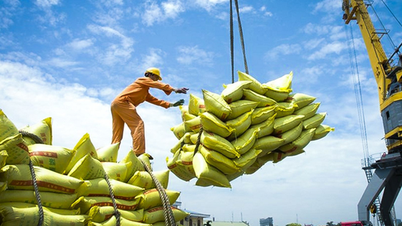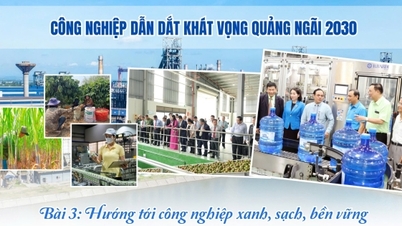On the afternoon of March 26, 2024, the Vietnam Trade Office in the Philippines said that according to a report by the US Department of Agriculture 's Foreign Agricultural Service, the Philippines' rice imports in 2024 will be at 4 million tons, instead of the previous forecast of 4.1 million tons.
USDA lowered its forecast for Philippine rice imports as domestic rice production is expected to meet a slight increase in domestic demand.
 |
| The Philippines' rice imports in 2024 will be at 4 million tons, instead of the previous forecast of 4.1 million tons. Illustrative photo |
Under Executive Order No. 50 signed by President Ferdinand R. Marcos Jr., rice imported into the Philippines from all countries is now subject to a 35% import tax, which will be in effect until the end of 2024 (to be reviewed in December 2024).
Data from the Bureau of Plant Protection - Department of Agriculture of the Philippines also shows that as of March 7, 2024, the Philippines imported a total of 793,753.49 tons of rice. As usual, Vietnamese rice accounted for the majority, with a volume of 431,846.72 tons, accounting for 54.41%; followed by Thailand with 210,127.38 tons, accounting for 26.47%. Thus, the first quarter of 2024 witnessed an increase in the amount of Thai rice imported into the Philippine market compared to before.
"This is a signal but also a warning for Vietnamese rice in this market when Thai rice begins to increase its market share " - the Trade Office noted.
The US Department of Agriculture forecasts Philippine rice production to reach 12.125 million tons due to the expected easing of El Niño in April and May 2024, as well as the Government Program to support the rice industry in increasing the use of fertilizers and good seeds.
The Philippine government, through the Department of Agriculture, has provided P30.8 billion in assistance to rice farmers nationwide, a much higher amount than the P15.8 billion that the Department of Agriculture received and deployed to support rice farmers in 2022.
With increased government support, the Philippines’ rice production and output will also increase. In 2023, the Philippines’ rice production will reach 20 million tons for the first time (specifically 20.06 million tons), up 1.5% from 2022 and surpassing the peak achieved in 2021 of 19.96 million tons.
To ensure the demand for imported rice, since the beginning of 2024, the Philippine government has issued 1,009 licenses to rice importers. In addition, at the end of last year, the government also signed an agreement with Vietnam. The agreement is valid for 5 years and each year Vietnam will ensure a rice supply of 1.5 - 2 million tons. In addition, India also pledged to supplement the rice supply to the Philippines despite the ban on non-basmati rice imports.
As one of the three largest rice exporting countries in the world, Vietnam's rice industry is directly affected by all developments in the global trade market, from policy changes, fluctuations in supply and demand, price trends to geopolitical fluctuations, climate change...
To prepare for market fluctuations in 2024, the Ministry of Industry and Trade, as a multi-sector economic management agency, performing state management functions on trade, industry, regulating the circulation of goods and import and export... has developed strategic, useful and appropriate solutions for each possible scenario.
Director of the Import-Export Department (Ministry of Industry and Trade) Nguyen Anh Son said that in 2024, the export opportunities for the rice industry are huge, but opportunities always go hand in hand with challenges. In the context of the global rice trade market in 2024 still being hot and having many fluctuations, rice enterprises must closely follow the market and organize effective and sustainable business.
"Quickly grasping market information will help propose specific solutions and plans to support rice market development in 2024" - Director Nguyen Anh Son recommended and emphasized that the Ministry of Industry and Trade will coordinate with the Ministry of Agriculture and Rural Development to proactively negotiate to diversify export markets, taking advantage of opportunities to capture new, potential markets.
Source



![[Photo] Prime Minister Pham Minh Chinh chairs the Government's online conference with localities](https://vphoto.vietnam.vn/thumb/1200x675/vietnam/resource/IMAGE/2025/10/5/264793cfb4404c63a701d235ff43e1bd)



![[Photo] Prime Minister Pham Minh Chinh launched a peak emulation campaign to achieve achievements in celebration of the 14th National Party Congress](https://vphoto.vietnam.vn/thumb/1200x675/vietnam/resource/IMAGE/2025/10/5/8869ec5cdbc740f58fbf2ae73f065076)
























































![[VIDEO] Summary of Petrovietnam's 50th Anniversary Ceremony](https://vphoto.vietnam.vn/thumb/402x226/vietnam/resource/IMAGE/2025/10/4/abe133bdb8114793a16d4fe3e5bd0f12)

![[VIDEO] GENERAL SECRETARY TO LAM AWARDS PETROVIETNAM 8 GOLDEN WORDS: "PIONEER - EXCELLENT - SUSTAINABLE - GLOBAL"](https://vphoto.vietnam.vn/thumb/402x226/vietnam/resource/IMAGE/2025/7/23/c2fdb48863e846cfa9fb8e6ea9cf44e7)

































Comment (0)